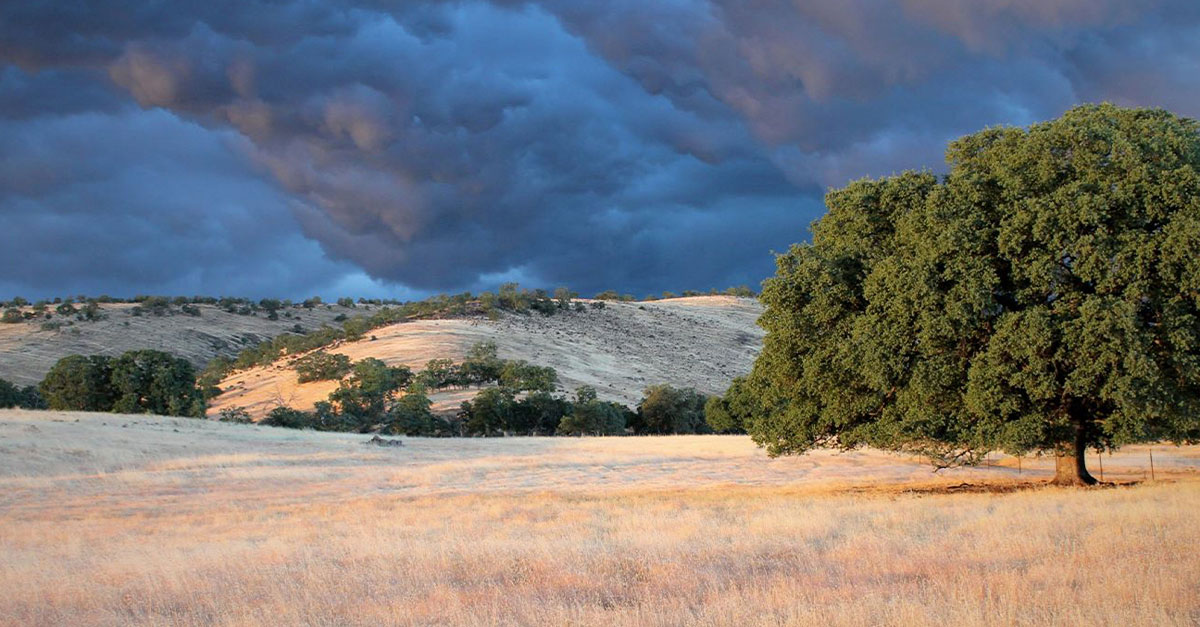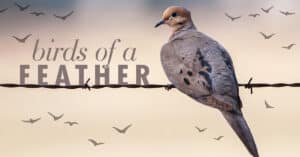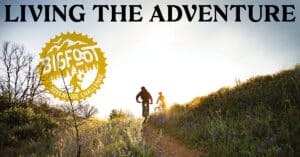Born To Be Wild
Dye Creek Wildlife Rescue…
Natalie Peterson didn’t let her nest stay empty too long after her youngest child moved out. In fact, her response was quite literal.
“Emma says I took it a little too far,” she says of her daughter’s response to filling her childhood home with an assortment of wildlife in need of rescue. Peterson, founder of Dye Creek Wildlife Rescue in Los Molinos, has become the Tehama County haven for not only nesting birds, but a range of critters who need support before heading back to their homes in the wild.
“I am taking in a little of everything,” says Peterson. “A lot of people specialize, but because there isn’t anyone else in Tehama County, I’m doing it all. I am considered home care, a satellite location for mainly Shasta Wildlife Rescue and Rehab.” She’s awaiting her state and federal licenses from the corresponding Fish and Wildlife departments – a lengthy process – to become an independent entity.
While none of the animals has taken over Emma’s old bedroom, there has been a skunk welcomed into Peterson’s farm house. “Everybody needs to have a skunk in their dining room!” she says. The striped skunk arrived at her place from Oroville at just three weeks old, found by a young girl out on a walk who noticed it along the side of the road, its mother run over nearby. At such a young age, the skunk does not release scent. It was joined by two baby gray squirrels, two ravens and an oak titmouse. “They aren’t pets,” emphasizes Peterson. “They’ve got to stay wild and be successful at being released.”
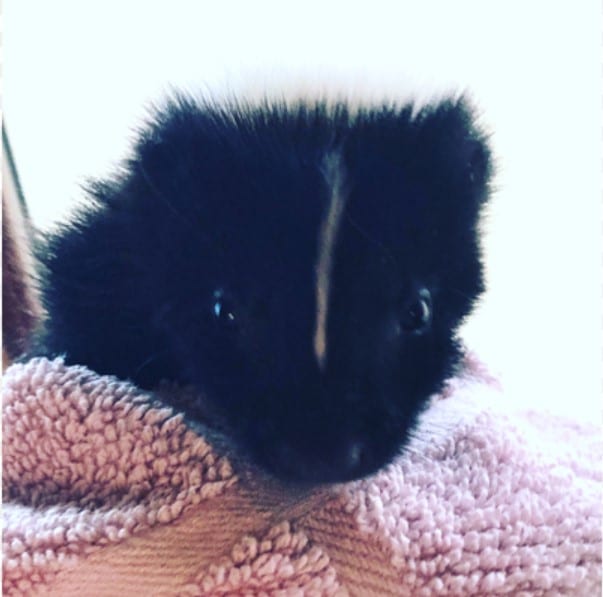
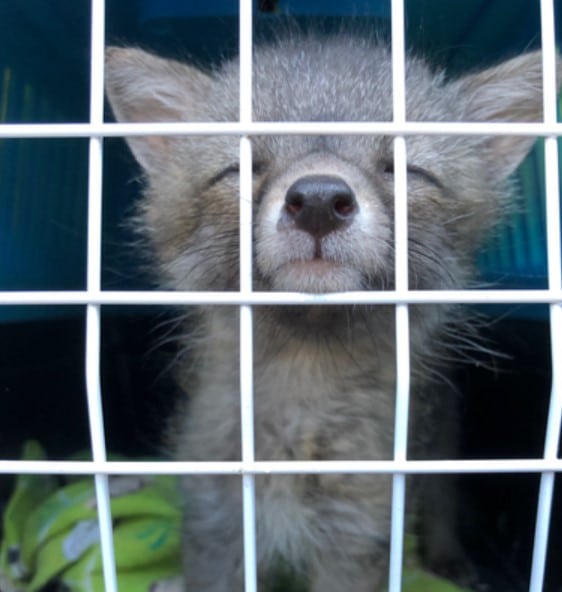
Spring and summer are the busiest times at any wildlife rescue, with babies being born and things going wrong. “A lot of what I get are due to people interactions,” says Peterson. “There are a lot of car strikes, interactions with people’s pets.” There are also well-intentioned though misinformed people who come across babies in nests by themselves and assume they’ve been abandoned. “The education piece is really important to me,” she adds, encouraging others to leave the babies alone by understanding that their parents are likely out searching for food.
“It started out with falconry training three years ago,” she says of her journey. “That was my initial goal, to hunt with falcons.” She took a three-day course with West Coast Falconry in Marysville. Then, she says, “I decided that I wanted to volunteer for a season at Shasta Wildlife. My first season was baby birds. Now I’m rescuing instead of hunting with them.”
The natural progression was then to train with the late Karen Schererman. “She had been doing wildlife rescue here for about 25 years at Tehama Wild Care,” says Peterson. “She was teaching me how to administer all of the medicines. I don’t think there was anything she didn’t take in. She was giving me a crash course. The plan was for me to take over when she retired, but then she died unexpectedly.”
Peterson has continued her training, spending a week in Rhode Island with the International Wildlife Rehabilitation Council studying basic wildlife rehabilitation, and in Yosemite with the California Council of Wildlife Rehabilitators learning pain and wound management.


By late May, Peterson had already rehabilitated four western grey squirrels and six Virginia opossums. “Those are animals that people just don’t understand,” she says of the opossums. Over the course of her work she’s also released a sharp shinned hawk and sent great horned owl babies to live with foster owls at Shasta Wildlife. “The mother owl has been in their education program for 23 years,” she says.
This all happens on 15 acres of land Peterson shares with her husband, Chris, a logger. “I’m fully self-funded right now,” she says, noting that the animal hospital room is set up in her house and a kennel for squirrels has gone up outside. All enclosures will have to be built to Fish and Wildlife regulations and will come as financial resources grow. “Ultimately, my big wish is to be able to have water birds – herons, egrets. That’s a whole different enclosure. I have big plans.”
Peterson notes that her perspective is fairly unique in the larger world of wildlife rescue. “I’m married to a logger, I’m an agriculturalist,” she says. “You can have a symbiotic relationship between loggers and agriculture and wildlife.” The land Natalie and Chris inhabit are shared with chickens, a duck, a horse, four goats, five dogs and “a wild cat that has adopted me.”
“Obviously, I love the animals,” she says. “The ability to help heal them – it’s just my nature.”

